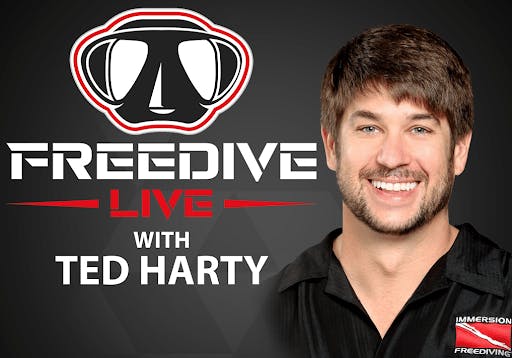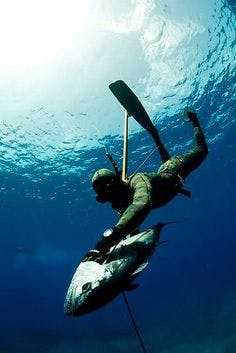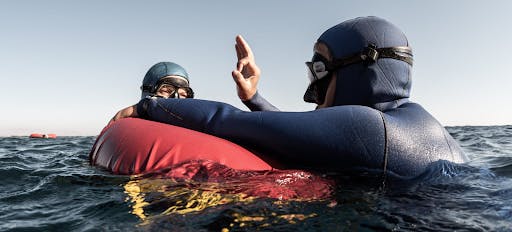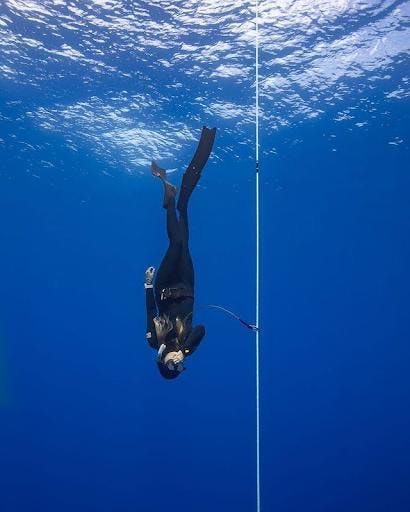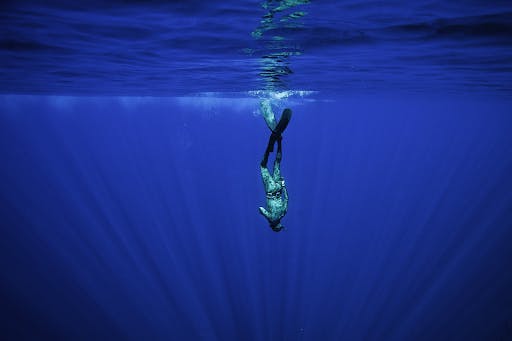What is freediving?
Freediving, also known as breath-hold diving, is a form of underwater diving that relies on a diver's ability to hold their breath until resurfacing, rather than using breathing apparatus such as scuba gear. It is practiced both as a recreational sport and in competitive settings.
How long can freedivers hold their breath?
The breath-hold duration varies widely among freedivers, ranging from a minute or two for beginners to over ten minutes for elite competitors. The current world record for static apnea (holding breath without swimming) is over 11 minutes.
Is freediving safe?
Freediving can be safe when practiced with proper training, knowledge, and safety measures. Key safety practices include never diving alone, understanding the body's limits, using proper breathing techniques, and having a trained buddy nearby. Risks include shallow water blackout and hypoxia, so safety protocols are essential.
What equipment is used in freediving?
Basic freediving equipment includes a mask, snorkel, fins, and a wetsuit if diving in colder waters. Some freedivers also use weight belts to help with buoyancy control. Advanced divers may use monofins, nose clips, and lanyards for competitive diving.
How do you train for freediving?
Freediving training involves a mix of physical conditioning, breath-hold exercises, and technique refinement. Key components include practicing static and dynamic apnea, improving lung capacity and diaphragm flexibility, maintaining overall physical fitness, and learning relaxation and mental focus techniques.
How can I start freediving?
To start freediving, it's recommended to take a course from a certified instructor or freediving school. Basic courses cover safety, breathing techniques, equalization, and in-water practice. Joining a local freediving club or community can also provide support and guidance as you begin your freediving journey.


